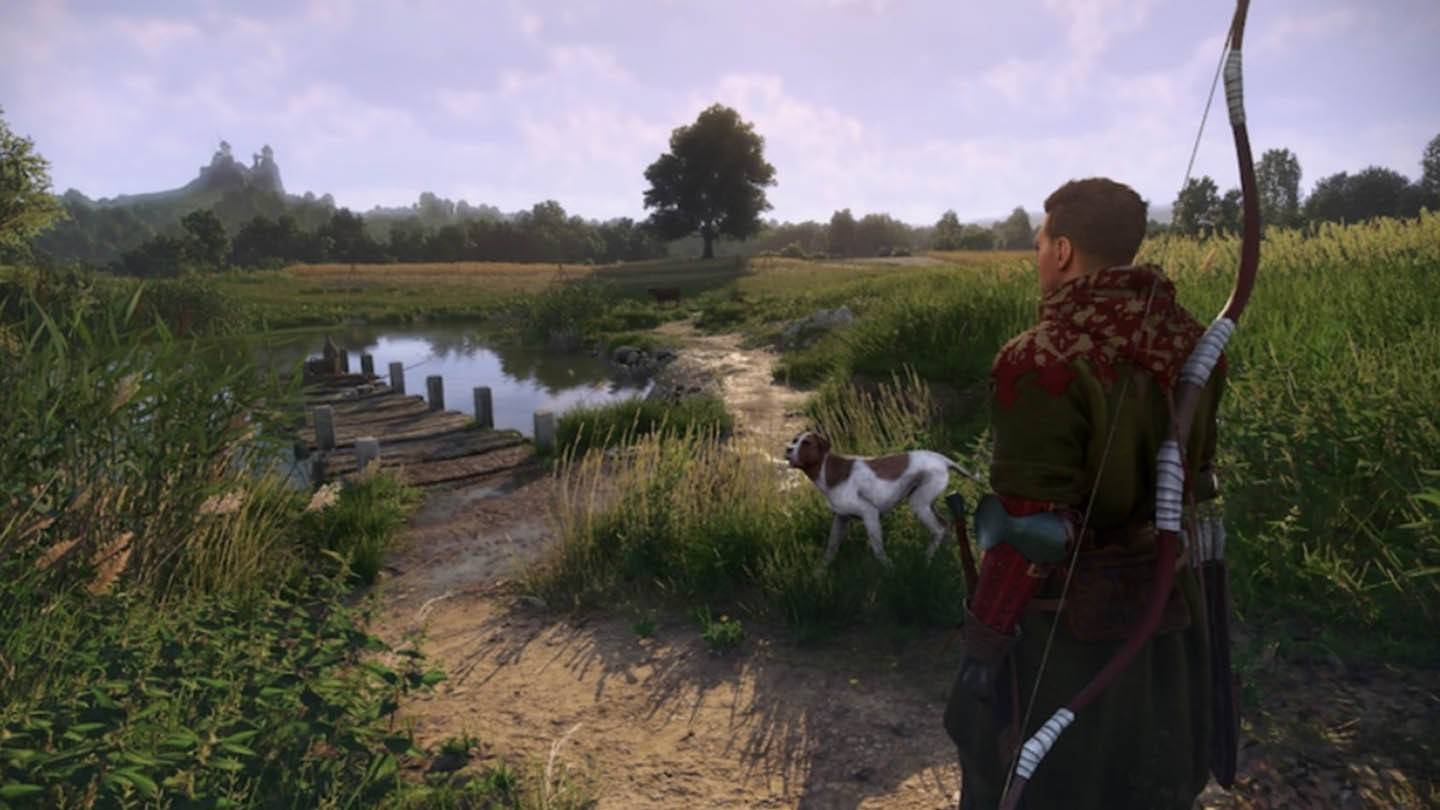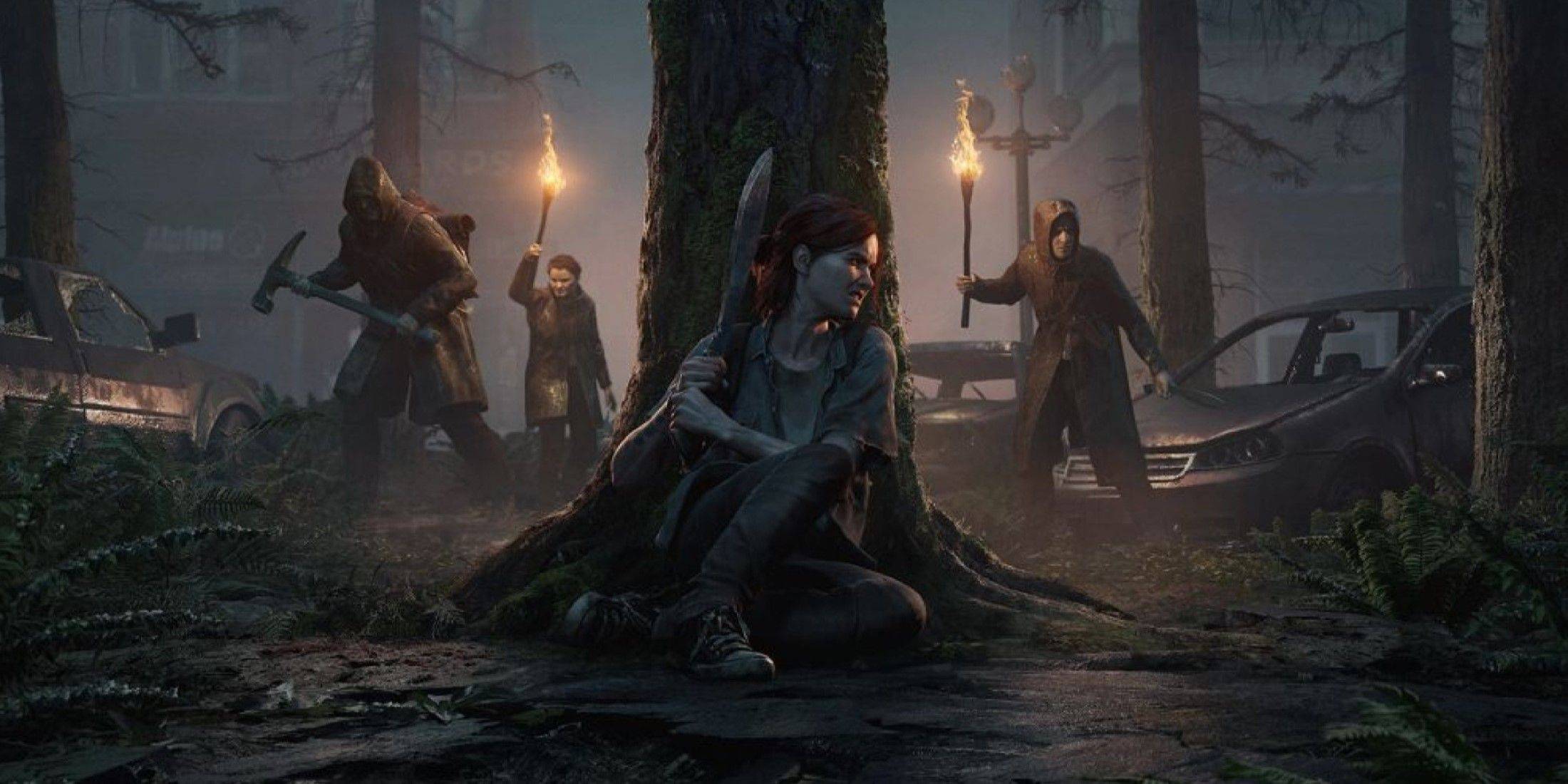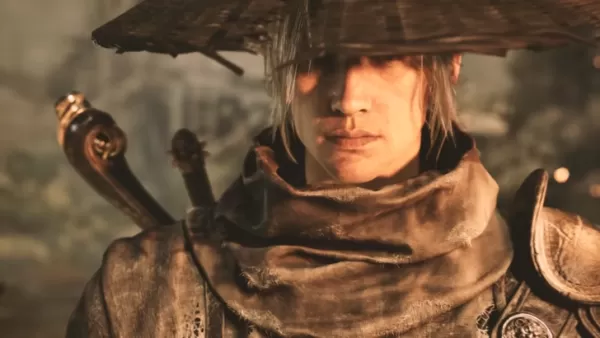The Outer Worlds 2: Unleash Creativity in RPG Character Building - IGN
- By Stella
- May 17,2025
[Note: All footage is from a work-in-progress alpha build.]
After getting a firsthand look at The Outer Worlds 2, it's evident that Obsidian has prioritized deeper RPG mechanics. While the first game offered a more accessible approach with streamlined systems, the sequel aims to break away from uniformity and encourage players to explore unconventional playstyles. This isn't just complexity for complexity's sake; The Outer Worlds 2 is designed to spark creativity, allow for deeper specialization, and perhaps even celebrate the quirky choices players might make.
In a discussion about the revamped RPG mechanics, design director Matt Singh emphasized the team's goal to encourage experimentation with various builds, whether traditional or non-traditional. He explained, “We're looking for ways to incentivize the player to experiment with different builds, either traditional or non-traditional.” Singh further elaborated on their approach, saying, “We really wanted to lean into synergies, looking at how player Skills, Traits, and Perks can all infuse into interesting builds that play off of other systems.” This philosophy is evident in the 11 minutes of exclusive gameplay footage we've showcased, highlighting new elements like gunplay, stealth, gadgets, and dialogue. In this part of our IGN First coverage, we dive into the specifics of how these systems have been reimagined and what players can anticipate.
Rethinking the Skill System ---------------------------Reflecting on the first game, lead systems designer Kyle Koenig noted, “We would often see characters good at everything, which by the end of the game, minimized your personal experience with your character.” To address this, Obsidian has shifted from grouping Skills into categories to focusing on individual Skills with significant differences. Koenig explained, “We wanted to focus on making each individual level-up and investment really important. There's less confusion on when I should invest in one Skill or the other. If I want to be a player that's all about guns and using medical devices, I know which Skills I really need to care about. By having them separated and not in groupings, it lets characters be more specialized.”
Singh added, “There's more than just a traditional stealth-focused build, combat-focused build, or speech-focused build. There's a lot of blending of concepts, playing with other systems and incorporating those into a pretty broad, but unique range of different player profiles.” He hinted at Skills like Observation, which can reveal hidden elements in the environment, such as secret doors or interactive objects that lead to alternative paths.
The Outer Worlds 2 Character Creation - Screenshots
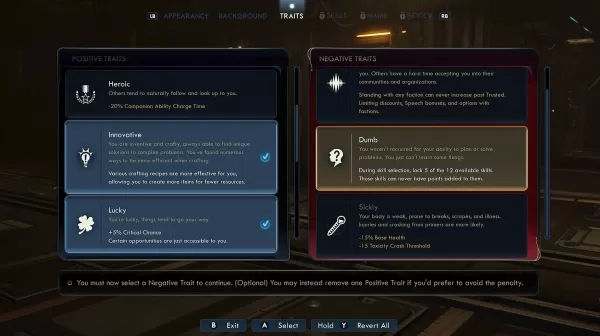
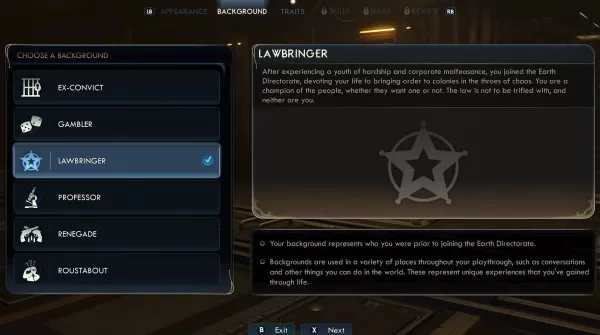 4 Images
4 Images
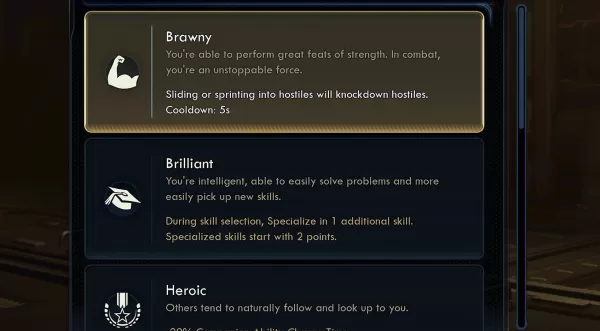 While this approach might seem standard for RPGs, The Outer Worlds 2 distinguishes itself by using the revised Skill system to enhance character build diversity and open up more possibilities, especially in relation to the revamped Perks system.
While this approach might seem standard for RPGs, The Outer Worlds 2 distinguishes itself by using the revised Skill system to enhance character build diversity and open up more possibilities, especially in relation to the revamped Perks system.
The Perks of Getting Experimental
Obsidian is keen on providing specific and unique gameplay paths. Koenig stated, “We've significantly increased the number of Perks with over 90 of them – each of those requiring various Skills to unlock. As you invest in Skills, it changes how you can invest in Perks and leads you down many different paths.” He provided an example with the Perk Run and Gun, designed for players using shotguns, SMGs, and rifles, allowing them to fire while sprinting or sliding. Combined with Tactical Time Dilation (TTD), this can add bullet-time action to your gameplay. Koenig also mentioned Space Ranger, a Perk that enhances dialogue interactions and provides damage boosts based on your Speech stat. He explained, “The way we looked at them when designing them was to look at what are all the different modes of gameplay the player has, and what are all the actions they can take and how can we modify them.”
Singh highlighted Perks tailored for non-traditional playstyles, such as Psychopath and Serial Killer, which offer bonuses like permanent health boosts for players who choose to eliminate every NPC. He noted, “Especially in an Obsidian game where we allow you to kill anybody – the game's going to respond, it's going to roll with it, and you're going to still be able to complete the game. It's actually a really fun way to play in a second or third playthrough just to see how far you can take it.”
For more conventional playstyles, Koenig discussed builds that leverage the game's elemental combat mechanics, saying, “Even if you want to mix and match them, you can be a character that's all about plasma and burning things alive while getting healing from it – or using shock damage to scramble automechs and have them fight for you temporarily while paralyzing creatures and humans – or using corrosive damage to take away all their armor and make it so all your attacks against them are critical hits that deal insane amounts of damage.”
Singh also emphasized the opportunity for players to experiment with detrimental effects that enhance other aspects of their character. He posed the question, “How do I construct a build where I'm actually incentivized to get in there and take damage so that I can then do other things effectively? I really like those kinds of creative builds that allow you to play with that idea and convert something that might be negative into a positive aspect of your build.” This approach, which was part of the original game, is now a central focus in The Outer Worlds 2, particularly in relation to Traits and Flaws.The Positive and Negative Traits
Koenig reflected on the original game's influence from Fallout, stating, “One of the things in The Outer Worlds that was a key off of Fallout was you could have negative attributes that would be actively detrimental to your character, but you get a few extra points to spend somewhere else.” The Flaws system in the original allowed players to accept permanent effects based on in-game behavior in exchange for extra Perk points. In The Outer Worlds 2, this concept has been expanded.
The system now includes Positive Traits and Negative Traits, creating a dynamic of give-and-take. For instance, you could choose Brilliant for extra Skill points at character creation or Brawny to knock down targets by sprinting into them. To gain more positives, you might select negatives like Dumb, which prevents you from investing in five Skills, or Sickly, which lowers your base health and tolerance for toxicity. These are just some of the options available in the early stages.
The Outer Worlds 2 Gameplay - Screenshots
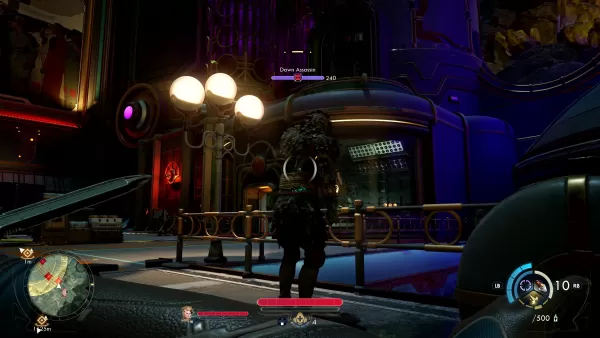
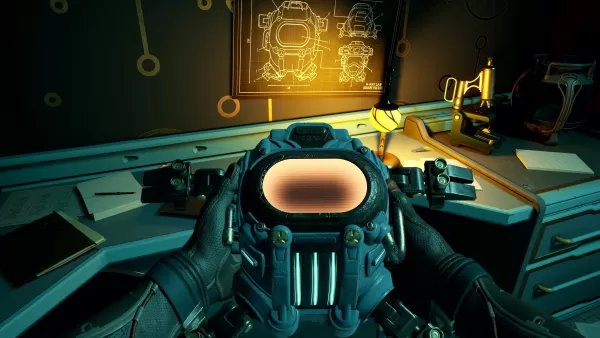 25 Images
25 Images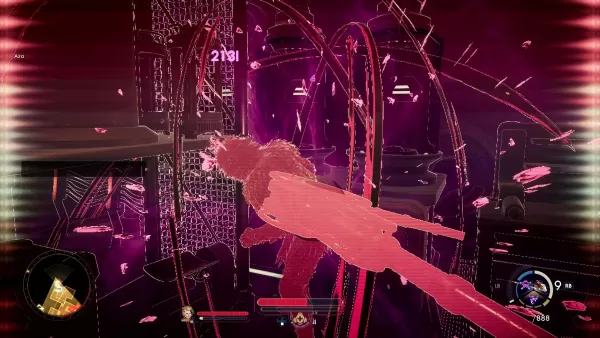
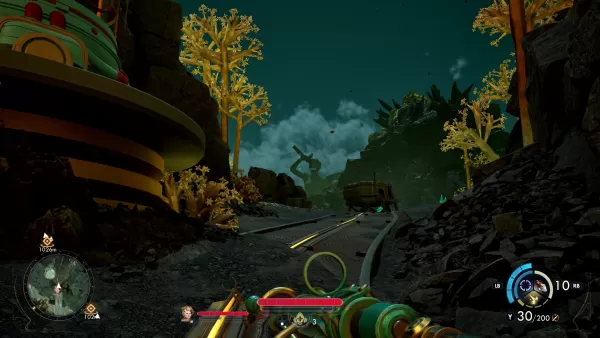
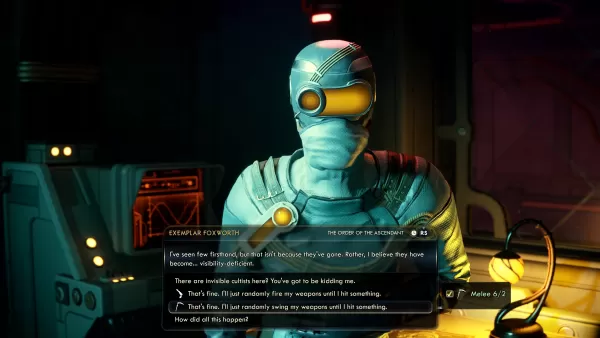
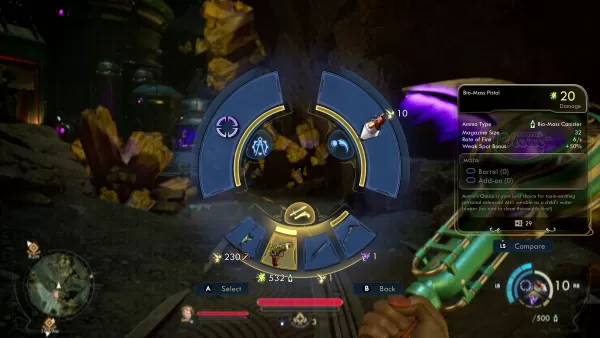 While I'll explore the revamped Flaws in greater detail in another article, it's clear that The Outer Worlds 2 is pushing boundaries with inventive and sometimes humorous Flaws. In the original game, I often declined Flaws because the trade-off for extra Perk points didn't seem worthwhile. Now, the game tracks your behavior and habits, offering Flaws with both positive and negative conditions that appear unexpectedly based on your playstyle. You still need to opt into them, but they become a permanent aspect of your character.
While I'll explore the revamped Flaws in greater detail in another article, it's clear that The Outer Worlds 2 is pushing boundaries with inventive and sometimes humorous Flaws. In the original game, I often declined Flaws because the trade-off for extra Perk points didn't seem worthwhile. Now, the game tracks your behavior and habits, offering Flaws with both positive and negative conditions that appear unexpectedly based on your playstyle. You still need to opt into them, but they become a permanent aspect of your character.
Guiding Players and Ditching Respec
With the increased complexity in The Outer Worlds 2, Obsidian has focused on making these systems clear and understandable through in-game explanations and UI elements. Koenig said, “Right from the get-go, from character creation, we really wanted to put in the forefront what are the differences of these skills and what they do.” This clarity is achieved not only through help text but also with short videos in the menus demonstrating gameplay impacts. A standout feature is the ability to mark Perks as favorites before unlocking them, helping players plan their progression and builds. The requirements for Perks are displayed upfront, and icons in the menu signify their general playstyle and associated Skill.
Koenig highlighted the absence of a respec option after the introductory sequence, stating, “By removing respec, we really incentivize it to be your experience. It is a part of your experience that no one else had, and I think that's really special about RPGs and something that respec tends to lessen.”
Singh reinforced this philosophy, saying, “Philosophy-wise, we really feel all of your choices should matter. They should be meaningful changes to your gameplay experience. And he concluded, “This is just one of those ways where we're asking you to make a choice, stick to it, and see how that plays out in interesting and fun ways.”
Latest News
more >-
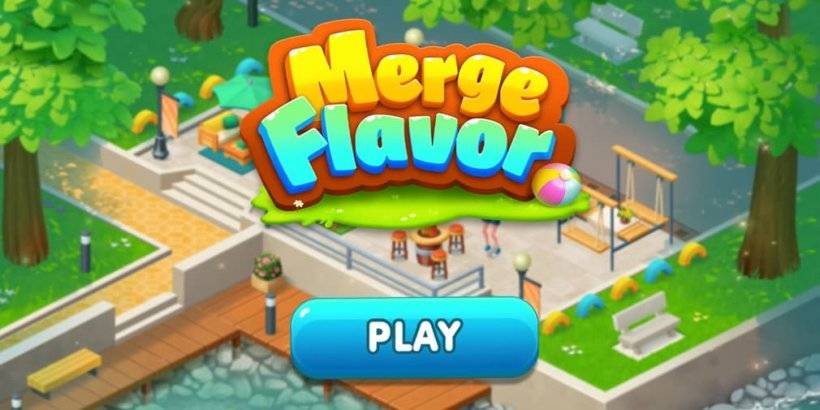
-
-
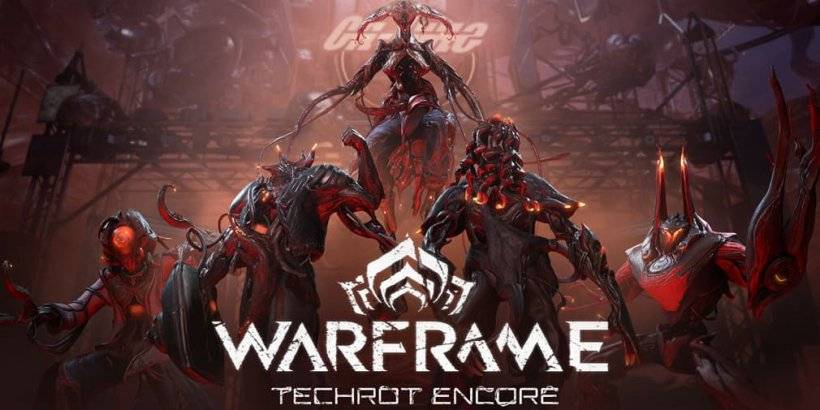
-

- Top Heroes Ranked in Chaos Tier List
- Dec 19,2025
-
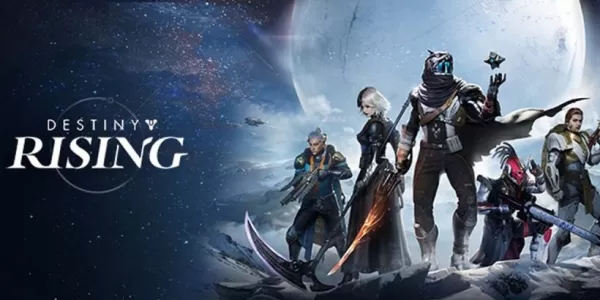
- Destiny: Rising Pre-Load Available Before Launch
- Dec 19,2025
